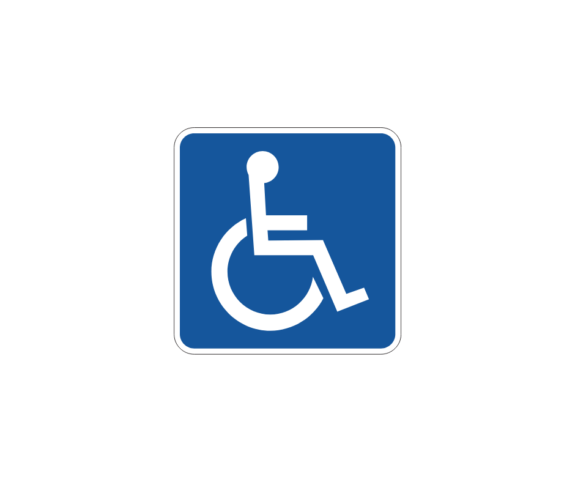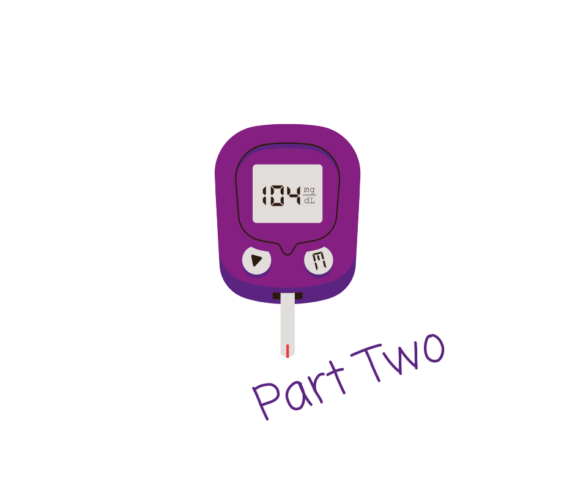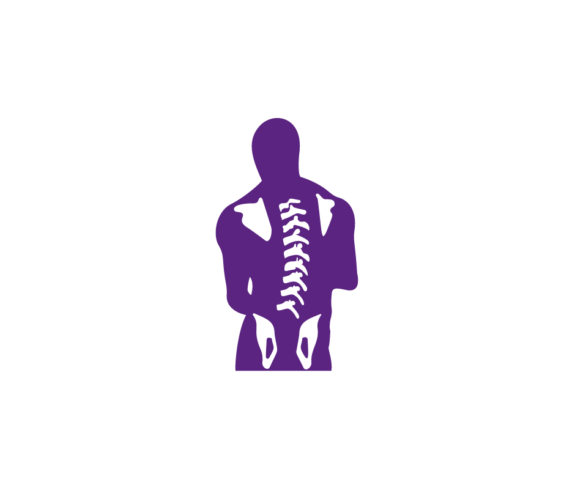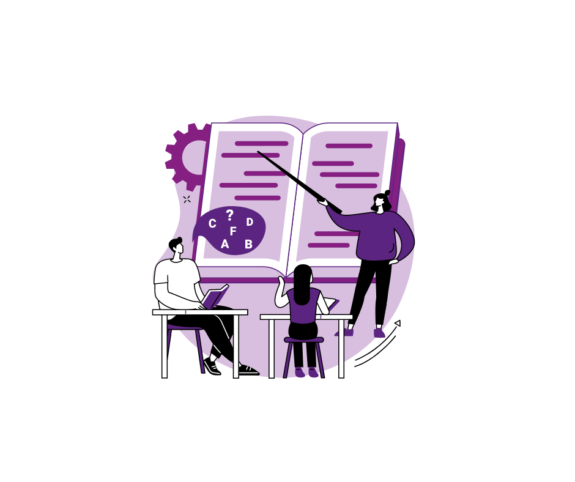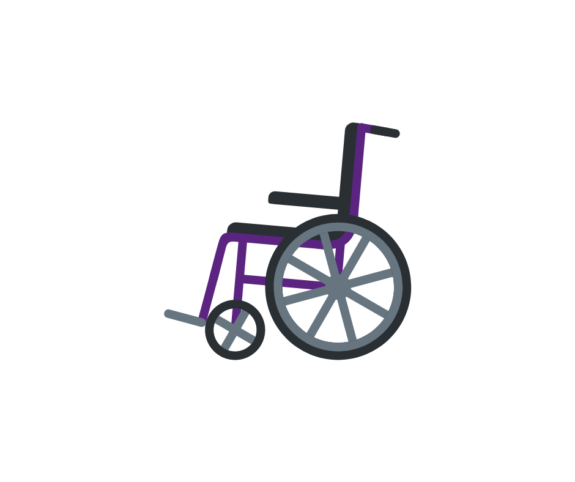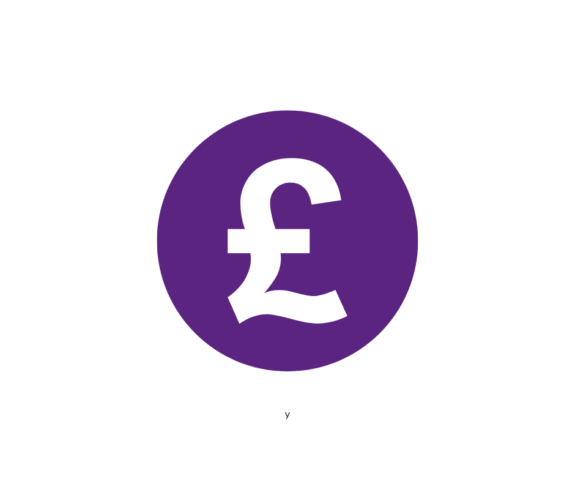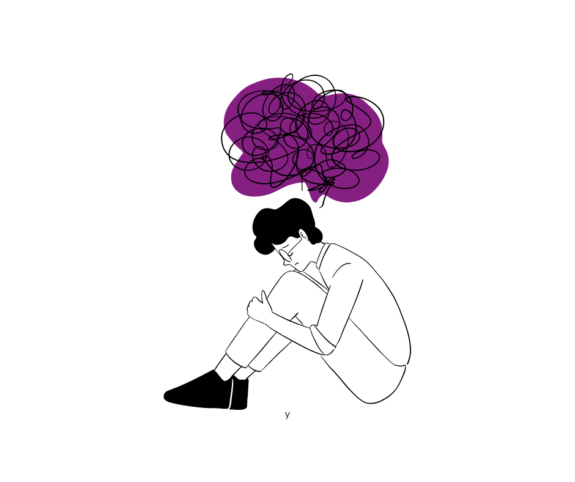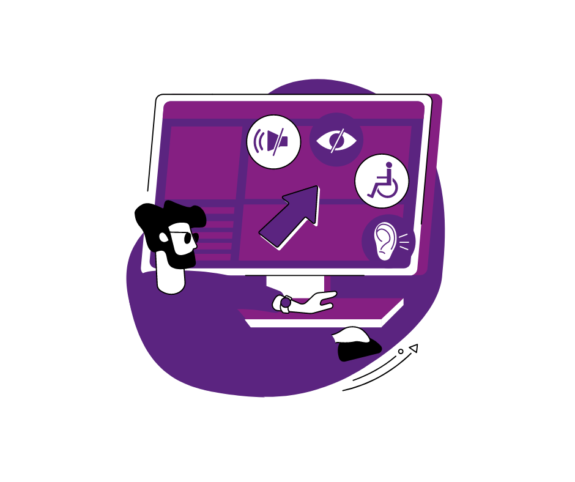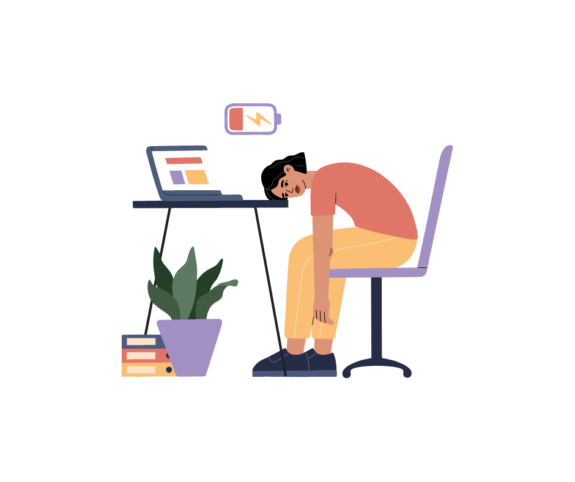Whether you have a disability or not, it’s more than likely that you will have heard of the Blue Badge Scheme. It allows those with qualifying medical conditions admittance to accessible parking and has been a common sight in most car parks and parking areas for many years.
How did it start?
While it has gone through some changes over the decades, the original aim remains the same; to make public facilities more accessible for as many people as possible. Originally created in 1971 (then called the ‘Orange Badge Scheme’) it was only open to those who were physically disabled or blind and did not apply to off-street car parks, only on-street parking, although many private landowners did give concessions to those who displayed the badges.
How is it used?
The Blue Badge gives the user free access to:
– Disabled parking bays in public streets for as long as required unless there is a stated time limit.
– Non-disabled parking spaces in public streets where there is a parking meter or pay and display machine for as long as needed.
– Parking on single or double yellow lines for up to three hours unless there is a ‘no loading’ sign.
Depending on where you are in the country, you may also be able to apply for a disabled space outside your home.
Having a badge doesn’t mean you can simply park anywhere you want, whenever you want. Some private car parks, like supermarkets or hospitals often have their own rules so it’s always best to check the signs. It also doesn’t allow you to park in dangerous places, for example outside schools or at junctions.
The badge is associated with the person rather than any particular vehicle so even if someone else is driving, as long as the permit holder is there the badge can still be displayed. It can also be used if the driver is picking the user up or dropping them off and they need to get close to where they need to be. Misuse of the badge can result in fines and can even result in the badge being taken away.
Who can get a blue badge?
In order to be automatically eligible for a badge, you must be:
– Registered blind.
– In receipt of the higher rate of the mobility part of Disability Living Allowance (DLA).
– In receipt of War Pensioners Mobility Support.
– In receipt of a lump sum payment from the Armed Forces Compensation Scheme and certified as having a permanent and substantial disability.
If you receive Personal Independence Payment (PIP), you can get a blue badge if you scored eight points or more in the ‘moving around’ section of the assessment, or ten points in the ‘planning and following journeys’ section.
But even if you’re not automatically eligible, you can still apply if you have long term issues with walking or going on journeys, including issues caused by mental health, if you have severe difficulties using your arms or if you have children under the age of three who have problems walking or need to be close to a vehicle.
In August 2019, the legislation was also changed to include people who have hidden disabilities and chronic illnesses into the scheme, such as those with anxiety disorders, brain conditions and autism (although that list is absolutely not exhaustive). However, there have been reports of disparities between those with visible and non-visible conditions, with people with non-visible conditions finding it much more difficult to actually get a badge.
So how do I get one?
If you have any of the conditions listed above you can go to the Government website and start your application. If you have a medical condition and aren’t sure if you are eligible you can check there, or check with your local council. You will be asked to provide proof of identification, proof of address and proof of any benefits that you receive. You may also be asked to provide proof of your condition.
Is it really that simple?
It should be, it really should be, but of course, nothing in life is ever that simple. Applications can take a ridiculously long time to process, even for those who are automatically eligible and many people report having to fight for much longer than necessary to simply be heard.
Even once they have a badge, they often face judgement and abuse from the public who have no understanding of what the rules are and think it’s acceptable to harass and shout at people in the street, asking personal
questions and expecting answers they simply have no right to. Many users say they’ve stopped using the badge even though they need it because the stress was just too much.
The Blue Badge Scheme was set up for a reason and has been welcomed and embraced by most people, although there are always some who will find something to say. But disabilities and medical conditions, whether visible or not, are no one’s business. Just because someone doesn’t look immediately disabled, doesn’t mean they’re not and assumptions don’t help anyone. The argument will probably continue until the whole of society is able to change its perception of what ‘disabled’ really means, but if we all work together to put aside our assumptions, this can be achieved.
If you’d like to know more about how to apply for a blue badge then check our resources below:
https://www.gov.uk/apply-blue-badge
https://www.citizensadvice.org.uk/benefits/sick-or-disabled-people-and-carers/help-for-disabled-travellers1/blue-badge-scheme/applying-for-a-blue-badge/
References:
https://www.gov.uk/government/news/people-with-hidden-disabilities-can-access-blue-badges-for-the-first-time-from-today
https://www.gov.uk/government/statistical-data-sets/blue-badge-scheme-statistics-data-tables-dis
https://researchbriefings.files.parliament.uk/documents/SN01360/SN01360.pdf
https://www.bbc.co.uk/news/uk-55221474.amp
https://www.bbc.co.uk/news/uk-49521867
https://www.bbc.co.uk/news/uk-england-kent-46115444
https://www.bbc.co.uk/news/uk-england-43071932
https://www.bbc.co.uk/news/uk-wales-politics-47583056
https://www.bbc.co.uk/news/uk-england-46715503
https://www.leaderlive.co.uk/news/19464944.deeside-family-jumping-hoops-get-blue-badge-young-daughter/
